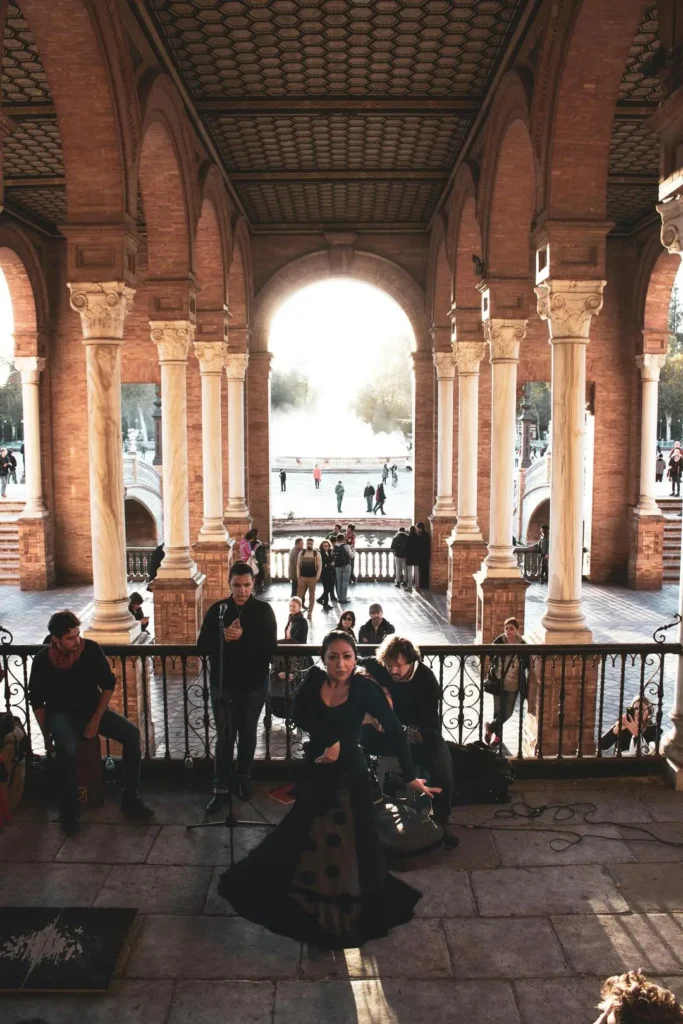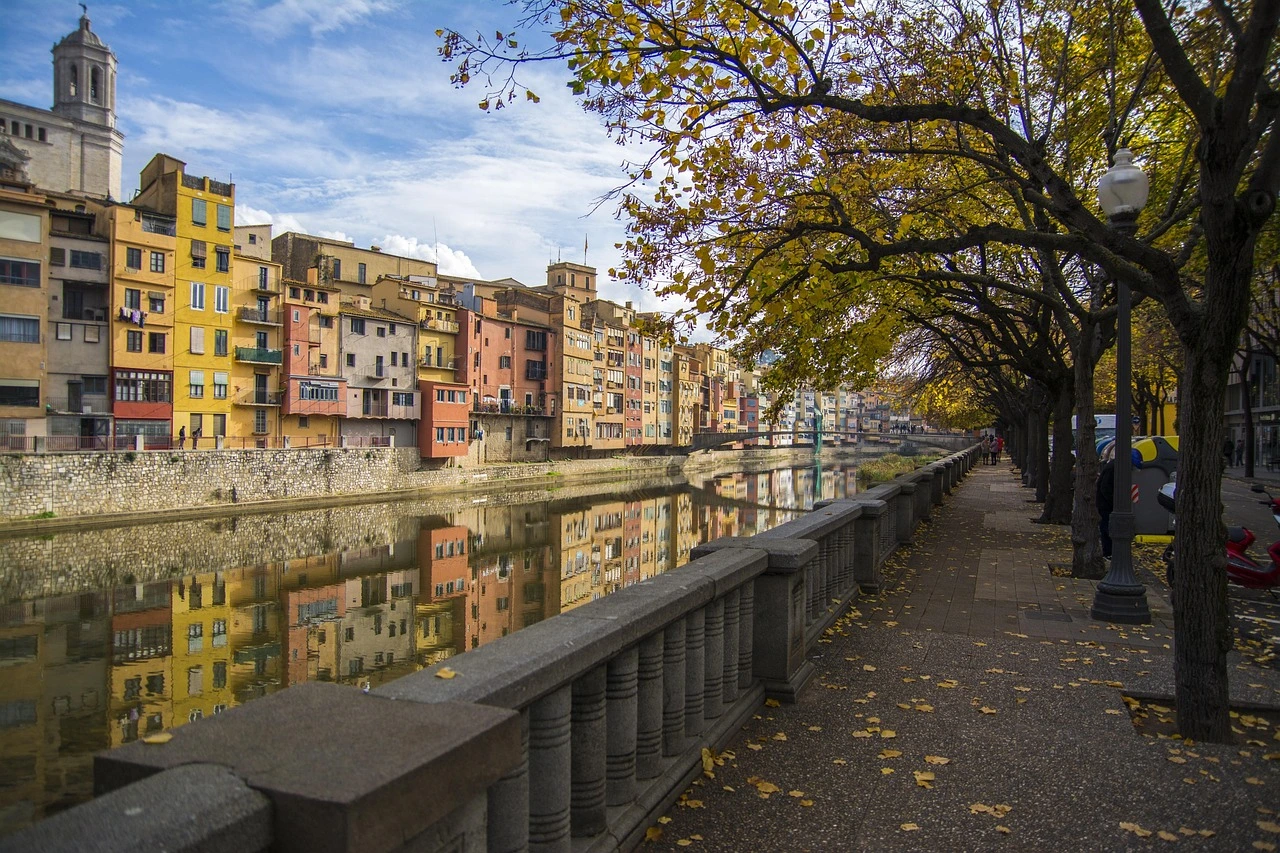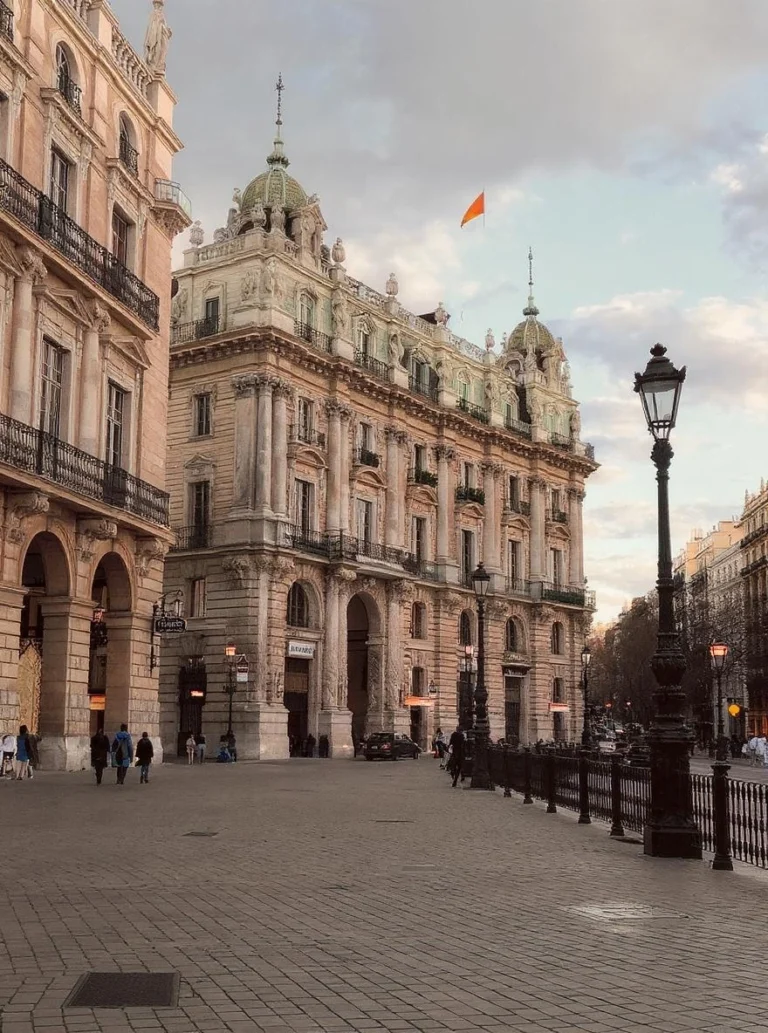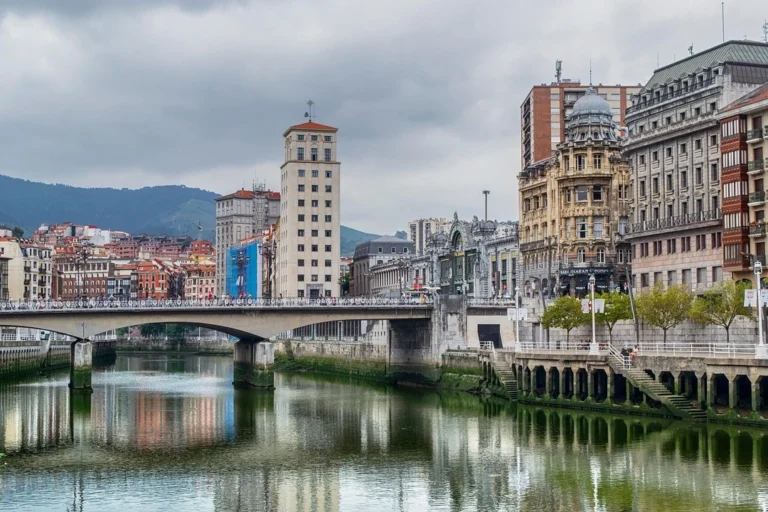The Ultimate Guide: Best Time to Visit Spain
Table of Contents
So you’re thinking about visiting Spain? Smart choice! I mean, who doesn’t want to eat amazing tapas, explore gorgeous cities, and maybe catch a flamenco show or two? But here’s the thing – timing is everything when it comes to Spain. Trust me, I’ve learned this the hard way.
Spain’s basically the cool kid everyone wants to hang out with (it’s the second most visited country in the world!), but just like that popular friend, you need to know when to call. Pick the wrong time and you might end up sweating through your shirt in 110°F heat or shivering in Madrid while half the city’s shut down for winter.
Don’t worry though – I’ve got your back. This guide will help you figure out the best time to visit Spain based on what you actually want to do, how much you want to spend, and whether you’re the type who loves crowds or runs screaming from them.
What You Actually Need to Think About Best Time to Visit Spain
Look, planning a trip to Spain isn’t rocket science, but there are a few things that’ll make or break your vacation. Let me break it down for you.
The Weather Situation (AKA When Spain Tries to Kill You)
Spain’s weather is like a box of chocolates – you never know what you’re gonna get, and sometimes it’s way too intense.

The “Holy Crap It’s Hot” Months: July and August Picture this: you’re in Seville in August, and it’s literally 113°F outside. That’s not a typo. I’ve seen tourists practically melting on the sidewalks like ice cream cones. Southern Spain (think Andalusia, Seville, Madrid) can hit over 104°F regularly, which makes sightseeing feel like you’re slowly being cooked alive.
Even the coastal spots like Barcelona and Valencia are pretty toasty, though at least you can jump in the Mediterranean when things get too crazy.
The “Why Did I Pack Tank Tops?” Months: January and February Plot twist: Spain can actually be freezing! Northern and central Spain (Madrid, Basque Country) can drop below 32°F at night. Madrid in January? It’s like a completely different planet from the Spain you see in movies. Plus, tons of beach towns basically hibernate during winter – many places just close up shop because, well, who wants to eat paella on a freezing beach?
The “I Need an Umbrella Permanently Attached to My Head” Months: October and November If you’re heading to northern Spain (I’m looking at you, Galicia and Basturias), pack that rain gear. These months can be pretty soggy, especially if you’re planning outdoor adventures. Barcelona gets its fair share of rain too, which can put a damper on all those Instagram-worthy shots.

Crowd Control: When Spain Feels Like a Theme Park
Here’s the deal – Spain’s popular. Like, really popular. And sometimes that popularity can make you feel like you’re trapped in a human sardine can.
Peak Crazy Season: June to August, Easter Week, Christmas Summer in Spain is basically like Black Friday at the mall, but for three months straight. Those famous spots like Sagrada Familia? Good luck getting a decent photo without 47 strangers in the background. Spain had 17 million visitors just in the first quarter of 2025 – that’s a 5.7% increase from the year before. Yikes!
Easter Week (Semana Santa) is absolutely bonkers, especially in Seville. Finding a hotel room is like finding a needle in a haystack, and the prices? Let’s just say your wallet won’t be happy.
The Sweet Spot: March to May and September to November These are the shoulder seasons, and honestly, they’re kind of perfect. You get decent weather without feeling like you’re in a human stampede everywhere you go.
Ghost Town Vibes: January and February Winter months are super quiet at all the major attractions. It’s kind of nice having the Prado Museum to yourself, but you’ll definitely feel the trade-off when it’s 40°F outside and half the restaurants are closed.
Your Wallet’s Feelings: When Spain Gets Expensive
Let’s talk money, because nobody likes surprises when it comes to their bank account.
When Spain Empties Your Wallet: July and August Summer prices are absolutely brutal. Hotels jack up their rates, flights cost a fortune, and even that little café around the corner starts charging premium prices. It’s supply and demand at its finest (and most painful).
Budget-Friendly Times: November to February Winter’s when Spain becomes way more affordable. Hotels are practically begging for guests, and you can find some seriously good deals on flights. The catch? You might be wearing three layers and some attractions might be closed.
The Goldilocks Zone: March to May and September to October Not too hot, not too cold, not too expensive, not too cheap – just right. These months are perfect if you want decent weather and reasonable prices without breaking the bank.
Month-by-Month: The Real Deal
Okay, let’s get into the nitty-gritty. Here’s what each month is actually like in Spain.
January–February: Winter Wonderland (Sort Of)
Northern Spain is cold – like, really cold. Madrid can drop below freezing at night, which is a shock if you’re expecting eternal sunshine. But hey, southern Spain stays pretty mild (around 46-64°F), and the Canary Islands are still lovely at 68°F.
The downside? Many beach towns basically go into hibernation mode. It’s perfect if you’re on a tight budget or want to hit the ski slopes in Sierra Nevada, but don’t expect that classic Spanish beach vacation vibe.
Cool stuff happening: Three Kings Day is pretty magical, and Carnival season is absolutely wild if you’re into that scene.
March–April: Spring Has Sprung (Maybe)
This is when Spain starts waking up from its winter nap. The weather’s getting nicer – Barcelona hits around 68°F – but it’s still pretty unpredictable. One day you’re in shorts, the next you’re digging for that jacket you thought you wouldn’t need.
The big warning: Easter Week is absolutely crazy. I mean, Seville during Semana Santa is like Times Square on New Year’s Eve. Beautiful, but overwhelming and expensive.
Don’t miss: Las Fallas in Valencia (they literally burn giant sculptures – it’s incredible) and Feria de Abril in Seville.
May–June: Getting Warmer, Getting Busier
This is when Spain really starts to shine. The weather’s getting gorgeous, Barcelona’s sitting pretty at 68°F, and everything’s green and beautiful. But here’s the thing – everyone else has figured this out too, so prices start climbing and crowds start gathering.
It’s perfect for pretty much everything: sightseeing, beach time, hiking, and Barcelona’s nightlife scene starts getting really fun. Just be prepared to pay a bit more and book ahead.
July–August: The Furnace Months
Okay, real talk – southern Spain in summer is HOT. Like, dangerously hot. Seville can hit 113°F, and even locals think it’s too much. I’ve seen people literally running from shade to shade like they’re dodging bullets.
The crowds are insane too. Every tourist spot is packed, beaches are shoulder-to-shoulder, and many locals actually escape to cooler places, so some small businesses close down.
Your best bet? Head north to Basque Country or Galicia where it’s actually bearable. Plus, this is when you get amazing festivals like San Fermin (running of the bulls) and La Tomatina (giant tomato fight).
September–October: The Sweet Spot
This is honestly my favorite time to visit. Temperatures start cooling down, crowds thin out, and prices drop. It’s like Spain’s taking a deep breath after the summer madness.
The only catch? Rain starts becoming more common, especially by October. But September is perfect – it’s grape harvest season in places like La Rioja, so you can do some serious wine tasting.

November–December: Short Days, Holiday Chaos
Days get pretty short, and November can be rainy, especially up north. December’s tricky because even though it’s technically low season, Christmas travel makes everything expensive again.
The upside? Christmas markets are absolutely magical, especially in Malaga. And if you’re into skiing, Sierra Nevada has great snow.
City-Specific Real Talk
Different parts of Spain are like different countries sometimes. Here’s what you need to know:
Madrid is basically a weather drama queen. Freezing winters, scorching summers. Your best bet? May or October when it’s actually pleasant to walk around without dying.
Barcelona gets absolutely slammed in summer – like, you can’t move on Las Ramblas slammed. October and November can be rainy and unpredictable. Spring (March-May) or early fall (September-October) is when Barcelona really shines.
Seville & Andalusia in summer? Don’t. Just don’t. It’s like visiting the surface of the sun. Late spring or early fall is perfect – you get the gorgeous weather without the risk of heat stroke.
Northern Spain is the opposite problem – it can be surprisingly cool even in summer, and it rains from October to April. July and August are actually perfect up there while the rest of Spain is melting.
Pick Your Adventure
What you want to do should totally dictate when you visit:
Culture Vultures: Spring (March-May) and fall (September-November) are perfect. Nice weather, fewer crowds, and you can actually enjoy museums without feeling rushed.
Beach Bums: Late May through early September. June and early September are the sweet spots – warm enough for swimming but not completely overrun.
Foodies and Wine Lovers: Fall is incredible for wine regions, and winter is perfect for authentic food experiences without tourist crowds.
Snow Bunnies: January and February for skiing in Sierra Nevada and the Pyrenees.
Party Animals: Summer’s got the best festivals and nightlife, but spring and fall have great events too with better weather.
Pro Tips from Someone Who’s Made All the Mistakes
Beat the Crowds: Hit major attractions super early or late in the day. Skip the famous places and explore hidden gems like Ronda or Cáceres – they’re just as amazing but way less crowded.
Save Money: Book everything way in advance, especially for peak season. Shoulder seasons (March-May, September-November) are your wallet’s best friend.
Pack Smart: Summer = light clothes, serious sunscreen, hat. Winter = layers, especially for Madrid and the north. Spring/fall = be ready for anything.
Money Stuff: Use credit cards with no foreign fees, always pay in euros, and keep some cash for small stuff.
The Bottom Line
Look, Spain’s amazing whenever you visit, but timing can make the difference between an okay trip and an absolutely incredible one.
Avoid August if you don’t want to melt or fight crowds for every photo op. Skip the rainy months up north if you’re planning outdoor adventures. But if you hit Spain in spring or fall? You’re golden – great weather, reasonable prices, and you can actually move around without being in a human traffic jam.
The best time to visit Spain really depends on what you want, but if you want my honest opinion? April-May or September-October are absolutely perfect. You get the best of everything without the worst of anything.
Whatever you choose, you’re going to have an amazing time. Spain’s one of those places that’s hard to mess up – even if you visit during the “wrong” season, you’ll still eat incredible food, see beautiful sights, and probably have some stories to tell when you get home. Just maybe bring an extra layer… or a really good fan!




